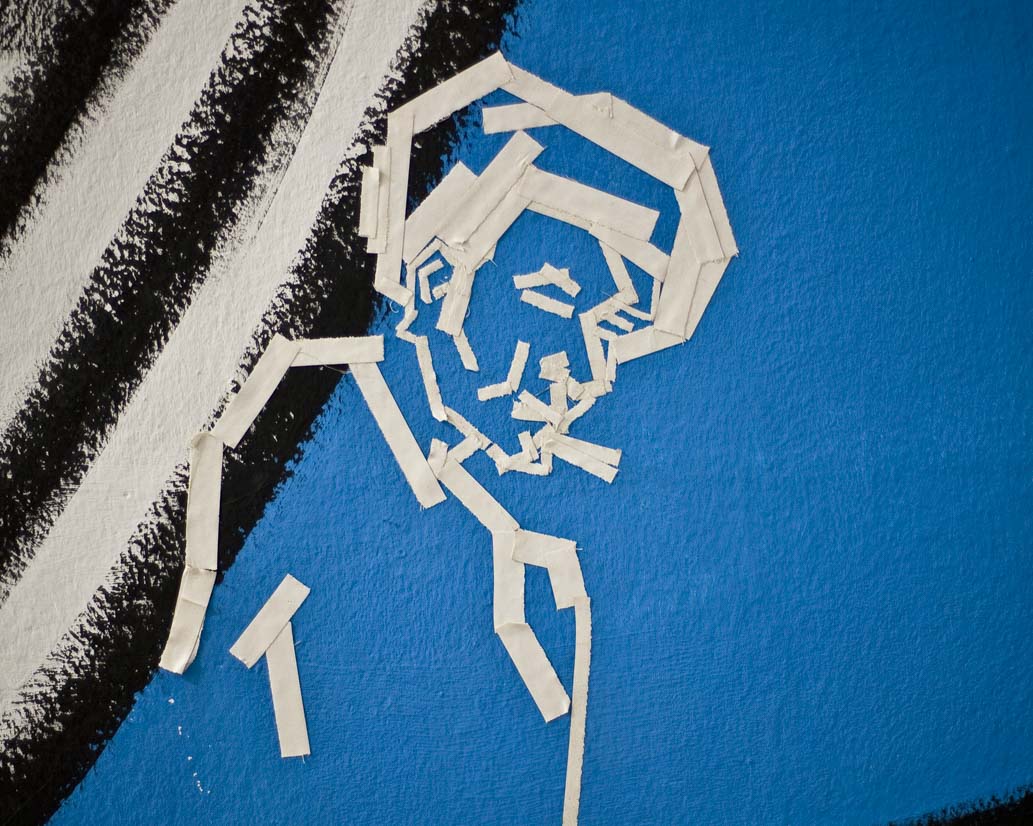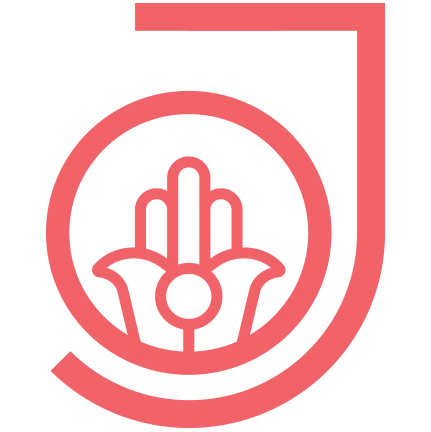Article 6 remains the reference for the Trauma Abscission & Removal (TAR – by Otmar Jenner). This text is about (B) – i.e. finding a so-called anchor in the preliminary talk (A) and subsequent procedures. Namely:
B.a: Finding a positive anchor. Very simple: a particularly beautiful situation / experience in the life of C (client). This situation / experience should be described to T (therapist) briefly but clearly, so that T can set this positive anchor if C reacts with signs of re-traumatisation during the Trauma Abscission & Removal (TAR).
B.b.: The naming of the trauma to be worked on during the session. For this purpose C names the most serious psychological and/or physical injury inflicted on him. And then concentrates this traumatic experience into one sentence (example: my father hit me with a belt in the basement).
B.c.: Kinesiological testing of trauma activity. Helpful so that C as well as T get an impression of the current relevance of the trauma.
To B.a.: Finding a positive anchor. Often forgotten by T in connection with the TAR. It is understandable that the search for a positive anchor in the session is like a pleasant but superfluous distraction from the destructive and incisive experience of the trauma to be treated.
However, since it is usually impossible to assess before treatment whether the anchor will be needed afterwards, the anchor should be available immediately afterwards. For this purpose, however, it must be found and activated beforehand.
What is the ideal time for this? A moment that distracts as little as possible. This is probably the beginning of the preliminary talk. If it becomes clear that the session will be about Trauma Abscission & Removal (TAR), the anchor should be found and activated.
What does ‘activatable’ mean? C has described T a very beautiful experience precisely enough that T – if necessary – can say to C: “Now please remember …”. This procedure is called setting the anchor. T must therefore have these decisive sentences pre-formulated in his mind before starting TAR.

To B.b.: In the preliminary talk, a mental injury (perhaps several) was discussed. Now we need to focus. If several hurtful events have taken place. One of them is chosen. Probably, the one with the greatest pain impulse. Or, on the contrary, the one with the least intensity of pain – for example, because C wants to „approach this more gently”. T can also ask C: What do you want to work on in this session?
Once the traumatic experience is named, the event should be concentrated in one sentence (another example: when my mother forgot me in the supermarket).
To B.c: The kinesiological test. The test is performed on the left arm. Only if it is not possible on the left arm, the test is performed on the right arm.
- T asks C to lift his left arm and stretch it at a right angle, i.e. horizontally away from his body, and to react with counter-pressure when T then grabs this arm with his hands approximately at his wrist and then pulls it down for about 2 seconds. C holds against it, pushing the arm upwards. T feels C’s force and says to C, “This is a yes.”
- Then T says to C, “I can test with you”. Immediately thereafter pulls the arm down again. C holds against it again. If a clear drop in strength is felt, this is a no. And steps 1 and 2 should be repeated on the right arm. In case of a yes, continue with 3.
- “Your trauma …,“ T says to C, naming it, “is still 70% active.” If the muscular response is weak, with a no, continue with 7. Otherwise 4.
- “Your trauma …,“ T says to C, naming it, “is still 80% active.” If the answer is no, the result is between 70 and 80 percent. In the case of a yes, however, the result is higher.
- “Your trauma …,“ T says to C, naming it, “is still 90% active.” If the answer is no, the result is between 80 and 90 percent. In the case of a yes, however, the result is higher. Even with a yes, the test ends at this point. A result between 90 and 100 percent is sufficiently accurate.
- Up to this point, kinesiological testing strengthens the focus of C on the trauma, which in turn will intensify the release effect of the Trauma Abscission & Removal (TAR).
- If the 70% activity was denied, T now says, “Your trauma … is still 60% active.” If the answer is yes, the test ends here. If the answer is no, the test continues with 8.
- “Your trauma …,“ T says to C, “is still 50% active.” If the muscular reaction is strong, i.e. a yes, the test ends at this point. If the answer is no, the test continues with 9.
- “Your trauma …,“ T says to C, “is still 40% active.” If the muscular reaction is strong, i.e. a yes, the test ends at this point. Although the trauma is weakly active, it can still be processed. If the answer is no, the test continues at 10.
- “Your trauma …,“ T to C says, “is still 30% active.” If this is answered with yes, the procedure of TAR is possible, but will probably lead to a weak release reaction later on. This applies all the more clearly to a no. This is because the “trauma activity” is below a threshold value that is useful for the application of procedure C. Then C (exploration and intervention on the treatment couch – with steps C1 – C10) would be omitted. Instead, D (stimulation of the brain hemispheres and TAR-add-on through targeted eye movement – with steps D1 – D6) could be applied. And / or continue with E (TAR-add-on by singing the warrior syllables – E1 – E3).
More on the next steps in subsequent articles …
Stay tuned!
Yours – Otmar Jenner
P.S. Dear readers, English is not my mother tongue. If you find serious mistakes in the wording of an article, please let me know (oj@otmarjenner.de).
#otmarjenner #tar #traumaabscission #traumaremoval #traumarelief #traumadetachment #traumaredemptio #energyhealing #healing #happiness #heal #healingvibes #energy #spirituality #meditation #spiritual #chakras #goodvibes #selflove #psychic #yoga #energybites #instagood #metaphysical #awakening #spiritualhealing #positiveenergy #energyhealer #consciousliving #consciousness #healingprocess #justhealing #compassion #forgiveness #guidance


 Deutsch
Deutsch